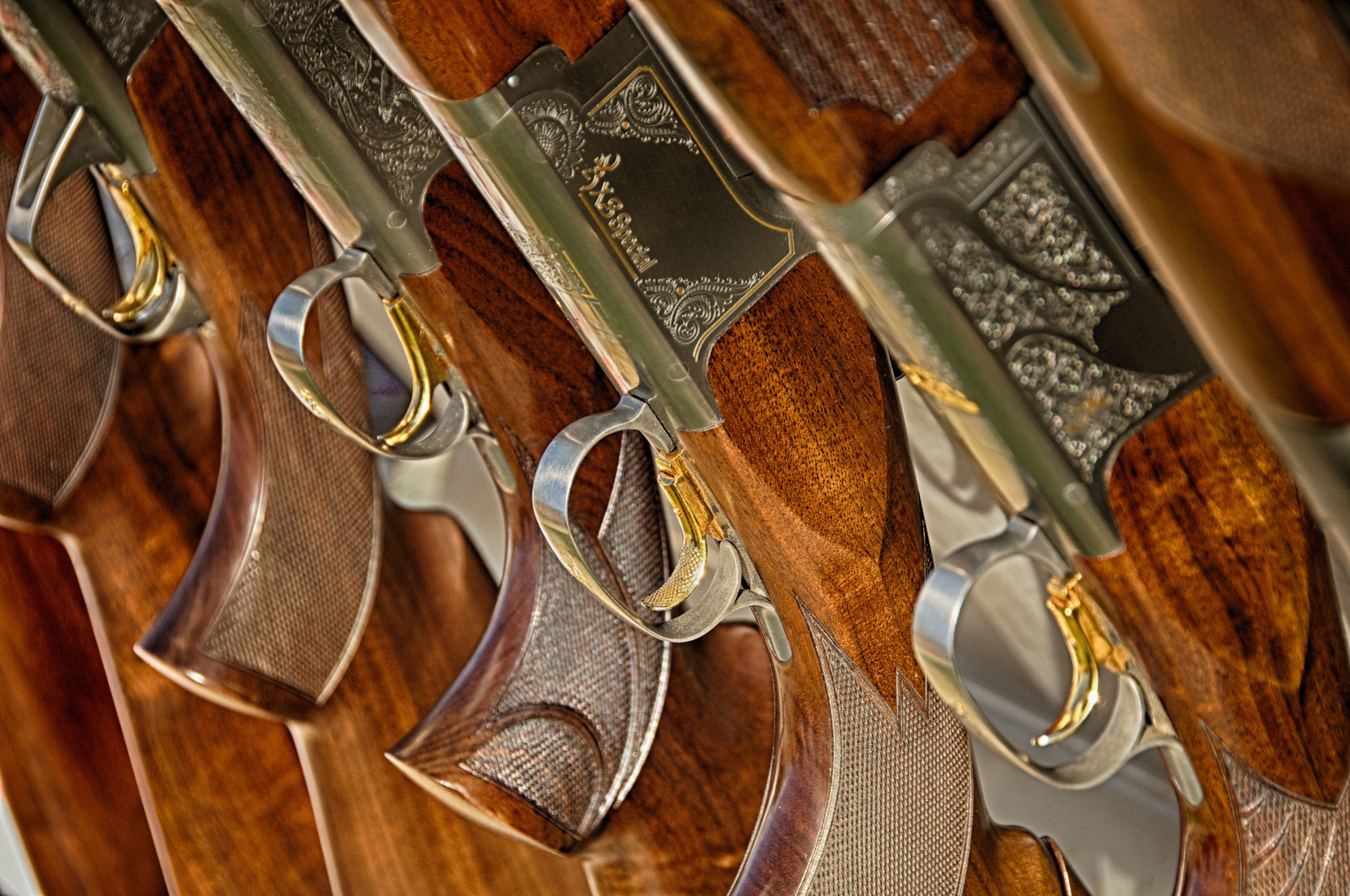Even without a four-legged partner, you can still flush upland birds. Here's how
Advertisement
A dog’s astonishing sense of smell can help search out birds in any cover, and a dog can worm its way through nearly impenetrable brush or cross vast tracts of open habitat that would otherwise discourage even the most determined hunter. And dogs are worth their weight in gold when it comes to recovering downed birds, which can all but disappear when they hit the ground.
There’s no denying that a well-trained pointing or flushing dog offers a distinct advantage to the upland bird hunter under most scenarios. So what do you do if you don’t have a four-legged companion? Simply make a slight change in tactics and be much more discriminating in reading cover.
Advertisement
When hunting forested habitat for species such as ruffed grouse, spruce grouse and woodcock, understanding their preferred cover is critical. Hone in on areas that offer quality food sources, such as buds, berries or clover. Like a trout angler moving quickly from pool to pool, a bird hunter without a dog must learn to move quickly through areas with little potential for holding birds.
Without a dog at your beck and call, hunting forested cover is best suited to hunting in either pairs or groups of three; any more and safety becomes an issue. Pairs work best hunting along the edges of promising habitat—particularly if it’s thick-where clear shooting lanes are available. Walk parallel to one another on either side of the cover, remembering that birds will often flush into the wind then quickly turn downwind to escape.
Mark downed birds carefully to ensure you can locate them, even if that means passing up opportunities on concurrently flushing birds. Keep in mind, too, that there may well be birds holding tight, so be alert for late flushers. If there is a third hunter, have that person push into the heart of the thick stuff to flush birds you’d otherwise miss. And remember to play it safe: it’s critical that the pusher not shoot and that the hunters on the periphery only shoot once the birds are in the open.
Advertisement
When hunting more open habitat for species such as sharp-tailed grouse, grey partridge and ring-necked pheasant, you again must change tactics. Where the lay of the land allows, spotting can be surprisingly handy. Many times I’ve sat high on a hillside and watched birds moving from roosts or between feeding locations—and then walked right down on top of them.
Where spotting isn’t possible, you must once again pay close attention to preferred cover. If hunting linear habitat such as creek bottoms, hedgerows and coulees, hunters should work from opposite ends toward one another, remaining vigilant of their partners’ proximity. Birds on the ground in this type of cover often attempt to escape by running, and tend to flush at the feet of one hunter when fleeing from the other hunter approaching from the opposite direction. Again, establishing safe shooting zones is paramount.
On farmland, upland birds often take advantage of waste or standing grain, seeking refuge in small patches of nearby cover. Examples of this escape cover include abandoned homesteads, willow patches and slough bottoms, which hunters should hunt parallel to each other, as when pursuing forest grouse. Sharptails and grey partridge, in particular, are notorious for flushing sequentially in this type of habitat, so hunters should always be alert for late-flushing birds.
Upland bird hunting on a cool fall day is one of the true pleasures of the Canadian hunting season. Don’t let the absence of a dog keep you from enjoying the sporting opportunities that these winged marvels have to offer.
Second Chances
Whether hunting forested or open cover, pay careful attention to where flushed birds fly if they’re not downed. The single biggest challenge in hunting upland birds without a dog is finding birds in the first place, and it’s often possible to relocate flushed birds several times. While grey partridge and ruffies typically resettle in close proximity to one another, sharptails are prone to splitting up once flushed. This can lead to tremendous fun in relocating singles and pairs that have broken away from the main flock.

